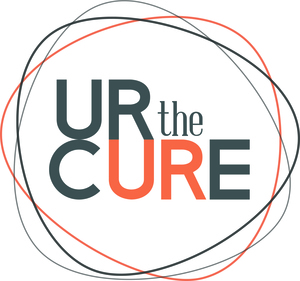What's involved if you are a match
Donating your stem cells is quite easy these days and not as scary as it sounds, it’s most often done much like a blood donation! The chances of being matched with a patient is quite low, only 1 in 1500 Australians are a match in any given year, so donating stem cells isn’t something you will do all the time! And although you are not obliged to donate your stem cells at that point when you are first called and identified as a match, it is very important to be committed when joining.
There are no costs to you except your time and commitment. There are forms and questionnaires you will need to fill in first and some routine tests, your donor centre coordinator will give you all the necessary information and you will be supported every step of the way. Your health is very important and the doctors will never put you through a procedure if they believe you are not healthy or fit enough, all the necessary checks are done beforehand.
You can learn more about what’s involved and how it all works by visiting our videos page.
Our partner Strength to Give also have a great “donor portal” with heaps of information about what to expect as a donor if you are matched with a patient. Visit the Donor Portal page here.
There are 2 ways you can donate your bone marrow/stem cells.
Peripheral Blood Stem Cell Donation or PBSC donation (nowadays what's commonly used)
Bone Marrow Donation (traditional method and rarely used today)
From our partner Strength to Give: Learn about the 2 different ways that you can donate your blood stem cells
A man looking pretty happy and relaxed in the middle of his stem cell donation! Photo courtesy of Gift of Life America
Peripheral Blood Stem Cell Donation (PBSC donation)
This method is used 90% of the time.
A non-surgical procedure where your bone marrow is stimulated to a point that allows the stem cells to overflow out of the bone marrow and into your bloodstream, ready to be collected, much like in a blood donation! All you need to do at this point is sit in a chair with a needle in one arm, your blood will be processed through a special "Apheresis" machine which separates your stem cells and returns the rest of your blood cells through a needle in your other arm. You do not lose any part of you because it’s your excess stem cells that are collected. Click to learn more about the PBSC method.
"1 year before I needed a matching donor, I underwent PBSC donation as another form of treatment that the Doctors tried and had my stem cells collected. I found the whole experience was fine & quite simple...& that was after several rounds of chemotherapy so my body was weak. I imagine it to be even less demanding for a healthy person to undergo the procedure". Pamela, cancer survivor
Click to enlarge picture
Bone Marrow Donation
This method is used 10% of the time.
A surgical procedure which normally involves being placed under general anaesthetic. This process is rarely used today but if you are asked to donate using this method, it is likely that the patient receiving your bone marrow is a baby or child which makes it extra special knowing you can save a child’s life! A special needle and syringe is placed into the pelvic bone cavity (back of the hip) to withdraw the bone marrow. It sounds painful but you won't feel it at the time and the dull aches you feel afterwards usually fade away within a few days and are helped by taking paracetamol like Panadol. Your body will also replenish the bone marrow that was taken so you do not lost any part of you. The procedure takes about 1 to 2 hours to complete and you can usually return home the same or next day! Click to learn more about bone marrow donation.
"Saying thank you to my donor just does not seem to be enough. I am alive today because of them. Because they made that decision all those years ago to join the registry - for that I am truly grateful." Pamela, cancer survivor
A heartwarming video of patients meeting their lifesaving donors for the first time, it’s a tear jerker!

